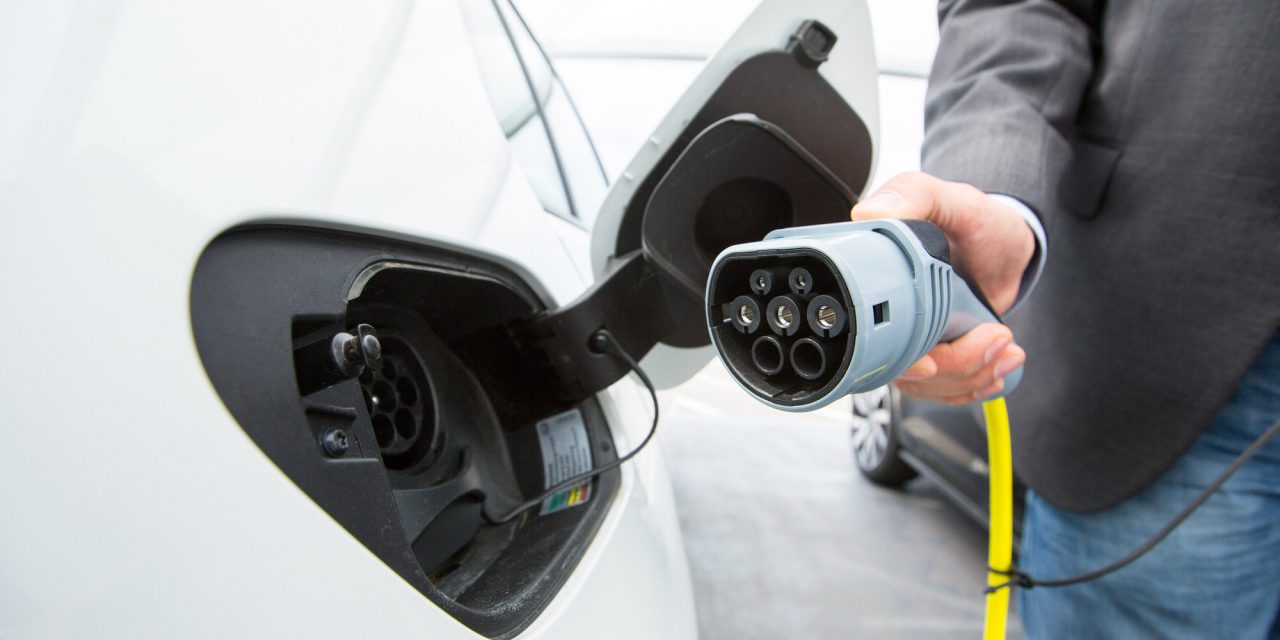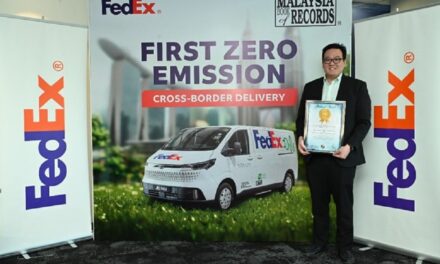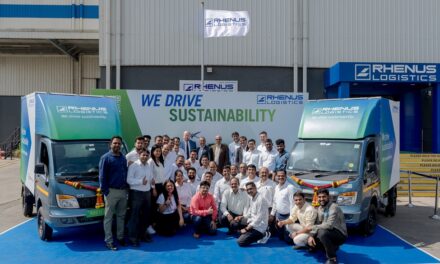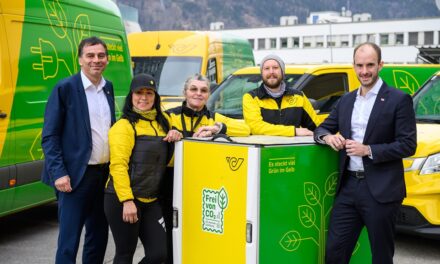
More than 3m electric cars now on the road

The number of electric and plug-in hybrid cars on the world’s roads topped the 3m mark in 2017, according to the latest edition of the International Energy Agency’s (IEA) Global Electric Vehicles Outlook.
This was an impressive 54% increase compared with 2016 – although electric vehicles still represent a small proportion of the world’s total car numbers.
In a statement issued today (30 May), the IEA said that China remained “by far the largest electric car market in the world”, accounting for half sold last year. Nearly 580,000 electric cars were sold in China in 2017, a 72% increase from the previous year. The United States had the second-highest, with about 280,000 cars sold in 2017, up from 160,000 in 2016.
Nordic countries remain leaders in market share. Electric cars accounted for 39% of new car sales in Norway, making it the world leader in electric vehicle (EV) market share. In Iceland, new EV sales were 12% of the total while the share reached 6% in Sweden. Germany and Japan also saw strong growth, with sales more than doubling in both countries from their 2016 levels.
IEA added: “Electric mobility is not limited to cars. In 2017, the stock of electric buses rose to 370,000 from 345,000 in 2016, and electric two-wheelers reached 250 million. The electrification of these modes of transport has been driven almost entirely by China, which accounts for more than 99% of both electric bus and two-wheeler stock, though registrations in Europe and India are also growing.”
And the infrastructure to keep these vehicles charged is also growing apace. In 2017, the number of private chargers at homes and workplaces was estimated at almost 3 million worldwide. In addition, there were about 430,000 publicly accessible chargers worldwide in 2017, a quarter of which were fast chargers.
Explaining why electrification is beginning to take off, the IEA said: “The growth of EVs has largely been driven by government policy, including public procurement programmes, financial incentives reducing the cost of purchase of EVs, tightened fuel-economy standards and regulations on the emission of local pollutants, low- and zero-emission vehicle mandates and a variety of local measures, such as restrictions on the circulation of vehicles based on their pollutant emission performances.
“The rapid uptake of EVs has also been helped by progress made in recent years to improve the performance and reduce the costs of lithium-ion batteries. However, further battery cost reductions and performance improvements are essential to improve the appeal of EVs. These are achievable with a combination of improved chemistries, increased production scale and battery sizes, according to the report. Further improvements are possible with the transition to technologies beyond lithium-ion.”
Click here to register to download the IEA’s Global Electric Vehicles Outlook report.













